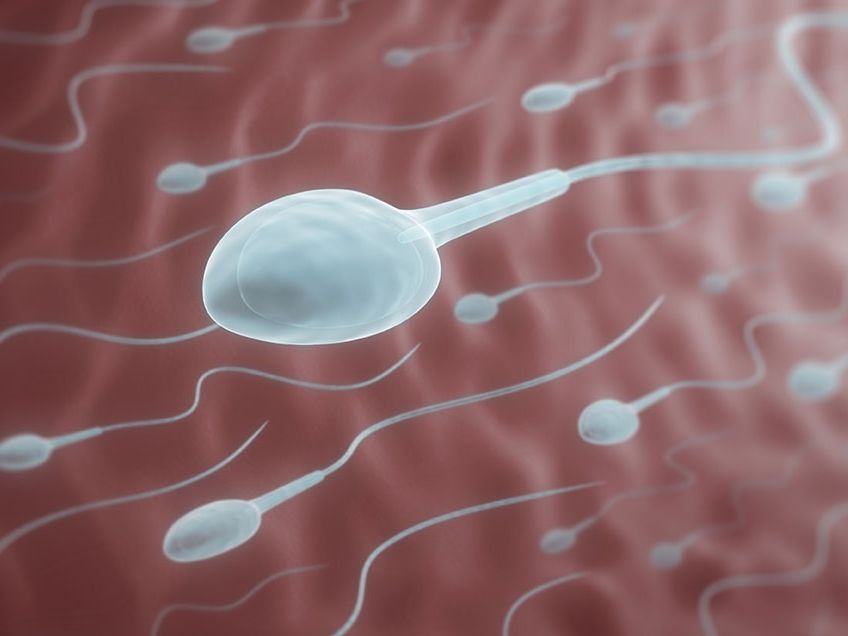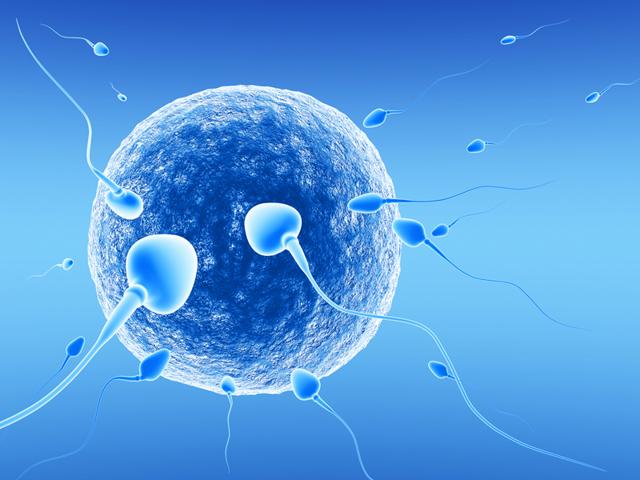How Long Can a Sperm Live Inside a Woman? Fertility, Survival, and Pregnancy Chances
Introduction

Many couples who are trying to conceive—or those hoping to avoid pregnancy—often wonder: how long can sperm live inside a woman? It’s an important question, since understanding sperm lifespan is the key to knowing when pregnancy can occur.
Sperm survival isn’t just about minutes or hours; under the right conditions, sperm can actually live for up to five days inside the female reproductive tract. This makes timing crucial when it comes to fertility. In this article, we’ll explore exactly how long sperm live inside a woman, what affects their survival, and what this means for conception and contraception.
Understanding Sperm Lifespan

Outside of the human body, sperm die within minutes once exposed to air or a dry environment. Inside the female body, however, the environment can be much more favorable.
-
Average lifespan inside a woman: between 3 to 5 days.
-
Why so long? Cervical mucus and other reproductive fluids act as a protective medium, allowing sperm to survive long enough to reach the fallopian tubes.
-
Shorter survival: In less fertile conditions (such as after a period or when cervical mucus is hostile), sperm may live only a few hours.
In simple terms: sperm are fragile outside, but given the right conditions inside a woman, they can last several days.
Factors Affecting How Long Sperm Can Live
Couples looking to support sperm mobility and comfort during conception may benefit from products like the EjaGuard Delay Spray or our range of sperm‑friendly lubricants designed for sensitivity and performance.
Several factors influence whether sperm survive for a few hours or several days:
-
Cervical Mucus Quality
-
During ovulation, cervical mucus becomes thin, clear, and stretchy (often compared to raw egg white). This type of mucus is ideal for helping sperm swim and survive longer.
-
At other times in the menstrual cycle, mucus may be thick and acidic, which can kill sperm more quickly.
-
-
Timing in Relation to Ovulation
-
Fertile window: about 5 days before ovulation + ovulation day itself.
-
Sperm introduced into the reproductive tract during this time are more likely to survive until the egg is released.
-
-
Sperm Health and Motility
-
Healthy sperm with strong motility (ability to swim forward effectively) are more likely to survive and reach the egg.
-
Poor sperm quality may shorten survival time even under favorable conditions.
-
-
Vaginal pH
-
Normally, the vagina is acidic, which is hostile to sperm.
-
Around ovulation, cervical fluids create a more alkaline environment that helps sperm survive longer.
-
Sperm Survival by Location in the Female Body

Not all areas inside a woman provide the same lifespan for sperm. Here’s how it breaks down:
-
In the Vagina:
Sperm typically live a few hours due to acidic conditions, unless fertile cervical mucus is present. -
In the Cervix:
Cervical mucus can act like a storage reservoir, protecting sperm for 3 to 5 days. This is one of the main reasons pregnancy can occur even if intercourse happens several days before ovulation. -
In the Uterus:
Once sperm pass through the cervix, they can live 1 to 2 days in the uterus before moving into the fallopian tubes. -
In the Fallopian Tubes:
This is where fertilization occurs. Sperm can survive here for up to 5 days, waiting for the egg to arrive.
Using a sperm-friendly lubricant—like those in our EjaGuard Lubricant collection—can help maintain a favorable environment for sperm as they travel through the reproductive tract
Sperm Lifespan and Chances of Pregnancy

So, how does this translate into actual chances of pregnancy?
-
The fertile window is defined as the 6-day period ending on ovulation day.
-
Intercourse within this time frame gives the highest probability of conception.
-
Research shows that sperm deposited up to 5 days before ovulation can still fertilize an egg if it’s released in time.
Real-world probabilities:
-
Sex 5 days before ovulation → ~10% chance of pregnancy
-
Sex 1 day before ovulation → ~30–35% chance of pregnancy
-
Sex on ovulation day → ~25–30% chance of pregnancy
-
Sex after ovulation → chances drop rapidly since the egg only survives about 12–24 hours.
Common Questions & Myths
1. Can sperm survive after a period?
Yes, it’s possible, though less likely. If a woman has a short menstrual cycle, sperm from intercourse right after a period could survive long enough (up to 5 days) to fertilize an egg released early in her cycle.
2. Can pregnancy occur if sex happens days before ovulation?
Absolutely. Since sperm can live up to 5 days, intercourse even several days before ovulation can lead to conception.
3. Do lifestyle factors affect sperm lifespan?
Yes. Smoking, alcohol use, poor diet, and high stress can reduce sperm motility and quality, shortening their survival. Conversely, a healthy lifestyle supports better sperm health.
4. Does position after sex matter?
There’s no scientific proof that lying down or elevating the hips significantly increases sperm survival. However, avoiding activities that immediately flush semen out (like standing up right after intercourse) may improve chances slightly.
How to Increase or Decrease Chances of Conception
If You’re Trying to Conceive:
-
Track ovulation: Use ovulation predictor kits, basal body temperature (BBT) charting, or fertility apps.
-
Time intercourse: Have sex every 1–2 days during the 5 days before ovulation and on ovulation day.
-
Support sperm health: Maintain a healthy lifestyle with proper nutrition, exercise, and stress management.
If You’re Trying to Avoid Pregnancy:
-
Be aware that the “calendar method” or relying only on timing is unreliable because sperm can survive several days and cycles vary.
-
Use contraception consistently (condoms, birth control pills, IUDs, etc.).
-
Remember that withdrawal is not reliable since pre-ejaculate may also contain sperm.
Key Takeaways & Final Thoughts
-
How long can sperm live inside a woman? Anywhere from a few hours to 5 days, depending on conditions.
-
Sperm survival is longest in fertile cervical mucus and shortest in acidic vaginal environments.
-
The fertile window is roughly 6 days: the 5 days leading up to ovulation plus the day of ovulation.
-
Pregnancy can result from intercourse several days before ovulation due to sperm longevity.
-
For couples trying to conceive, understanding sperm lifespan helps with timing. For those avoiding pregnancy, it’s a reminder that “safe days” may not be truly safe.
By understanding sperm survival, both men and women can make more informed decisions about fertility, family planning, and reproductive health.
 Buy Now
Buy Now




